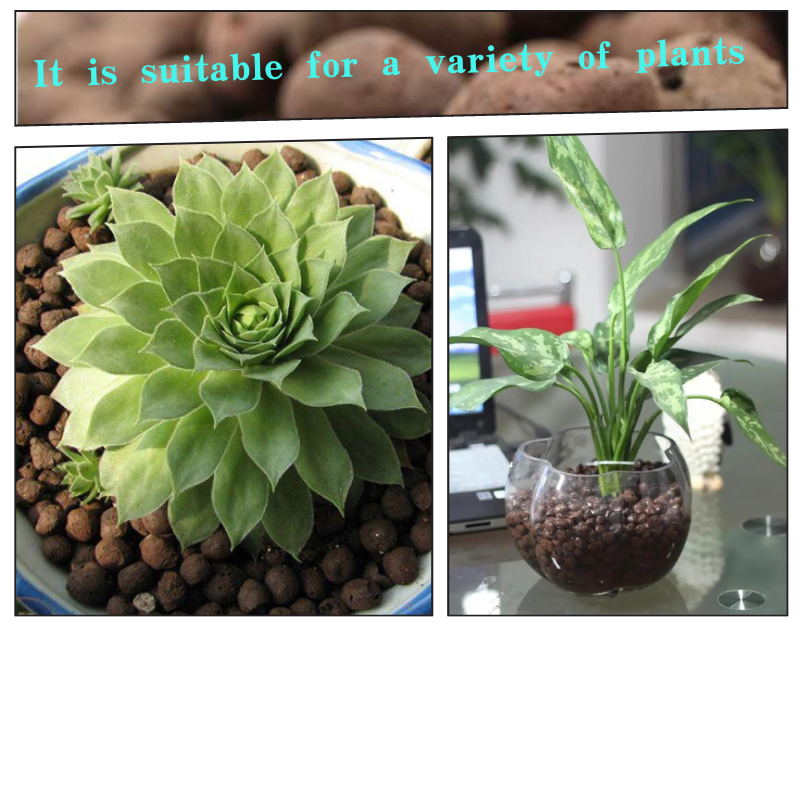
Using Perlite for Successful Propagation of Cuttings in Gardening Techniques
The Advantages of Using Perlite for Plant Cuttings
When it comes to propagation—a vital process in gardening and horticulture—many enthusiasts continuously seek materials that promote healthy plant growth and enhance rooting success. One such material that stands out is perlite. This lightweight, volcanic glass expands when heated, creating a highly porous structure that offers numerous benefits for plant cuttings. In this article, we will explore the advantages of using perlite for plant cuttings and how it can help both novice and experienced gardeners succeed in propagation.
What is Perlite?
Perlite is an inorganic substance derived from volcanic rock. When subjected to high temperatures, it expands up to 20 times its original volume, resulting in lightweight, white granules. This attribute makes it an excellent choice for various horticultural applications, especially in soil mixes and potting materials. Due to its pH neutrality, sterility, and excellent drainage properties, perlite has gained popularity among gardeners for growing cuttings.
Benefits of Using Perlite for Cuttings
1. Excellent Aeration Properties One of the primary challenges in propagating cuttings is ensuring that the roots have access to oxygen. Perlite’s porous structure enhances air circulation within the growing medium, which is essential for healthy root development. Adequate oxygen levels promote faster growth and reduce the risk of rot associated with overly damp conditions.
2. Moisture Retention without Over-Saturation While perlite is known for its drainage capabilities, it can also retain moisture effectively. This unique balance allows cuttings to access the water they need without becoming waterlogged. Over-saturation can lead to fungal diseases and root rot, making perlite an excellent choice for maintaining optimal moisture levels.
3. Lightweight and Usable in Different Mixes The light weight of perlite allows growers to mix it easily with other materials, such as peat moss, compost, or coconut coir. This versatility makes it a flexible option for various propagation methods, whether you are using solo perlite or creating a tailored mix that best suits the specific cuttings you are attempting to propagate.
4. Promotes Fast Root Development Cuttings need a conducive environment to develop roots quickly. The combination of aeration, moisture retention, and drainage provided by perlite creates ideal conditions for root initiation. Many gardeners have reported improved success rates in rooting times when using perlite compared to traditional soil.
5. Reduced Risk of Pathogens Perlite is a sterile medium that does not harbor pathogens and pests as some organic materials do. This sterility reduces the risk of diseases affecting cuttings, allowing for healthier plants to emerge from the propagation process.
perlite cuttings

6. Increased Success Rates for Various Plants From succulents and herbs to woody plants, perlite is suitable for a wide range of cutting types. Its adaptability means that no matter the cuttings' requirements, perlite can often be incorporated into the propagation method to enhance success rates.
How to Use Perlite for Cuttings
Using perlite for plant cuttings is straightforward. Here’s a simple guide
1. Prepare the Cuttings Take healthy cuttings from the parent plant, ensuring that they have at least one node and a few leaves. 2. Create a Rooting Medium Mix perlite with water until it is damp but not dripping. You can also blend it with other materials to create a customized mix.
3. Insert the Cuttings Make a hole in the perlite medium with your finger or a pencil, then gently place the cutting inside. Ensure that at least one node is buried in the mix.
4. Provide Humidity To maintain humidity, cover the cuttings with a plastic bag or use a humidity dome. This helps to create a mini-greenhouse effect and keeps the environment conducive for root development.
5. Care for Your Cuttings Place the setup in a warm, indirectly lit area. Monitor the moisture levels in the perlite and mist the cuttings if necessary.
Conclusion
Perlite offers numerous benefits for gardeners seeking to propagate plants through cuttings. Its excellent aeration, moisture retention, lightweight nature, and ability to reduce the risk of pathogens make it an exceptional choice for both novice and seasoned growers. As more gardeners recognize the advantages of using perlite, it will continue to become a go-to medium for propagation, fostering the success of new plants and green spaces. Whether you're starting a home garden or expanding your horticultural practices, consider integrating perlite into your propagation methods for healthier and more robust plant cuttings.
Share
-
Premium Resin Coated Sand - High Heat Resistance CastingNewsJul.31,2025
-
High Quality Silicon Carbide Grit for Abrasive ApplicationsNewsJul.30,2025
-
High-Quality Ceramsite for Plants & Gardening | Lightweight PebblesNewsJul.29,2025
-
Premium Burgundy Glass Marbles for Vases & Shooter GamesNewsJul.29,2025
-
High Purity Quartz Sand for Industrial and Ground ApplicationsNewsJul.29,2025
-
High-Quality Barite Powder for Drilling & Industrial UseNewsJul.29,2025






